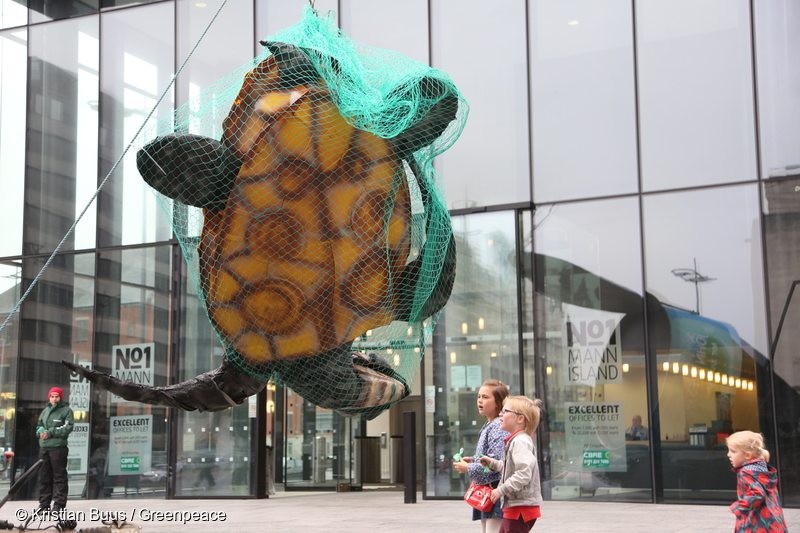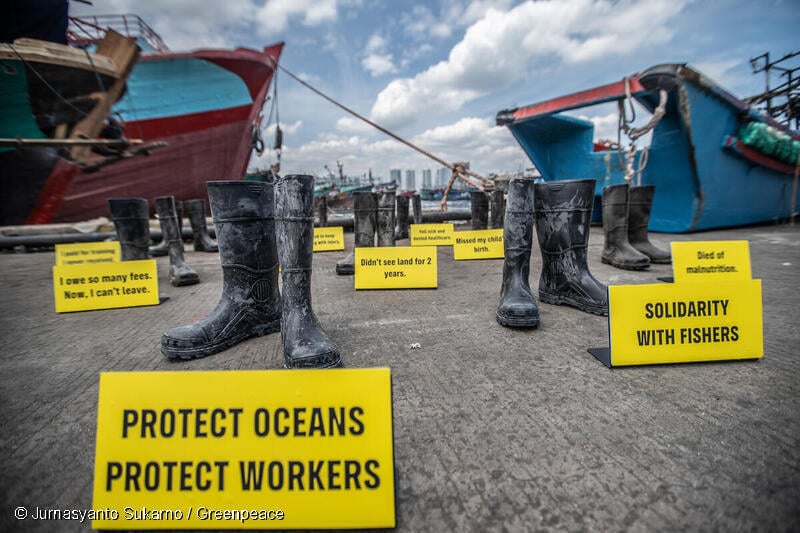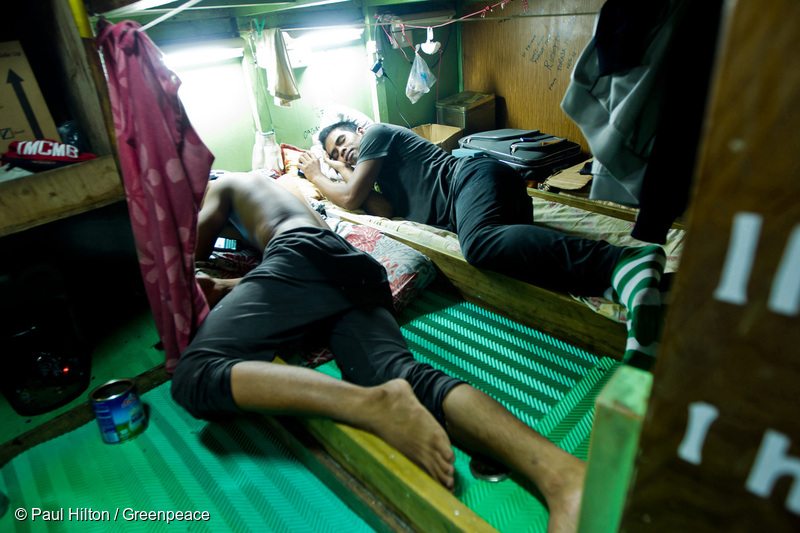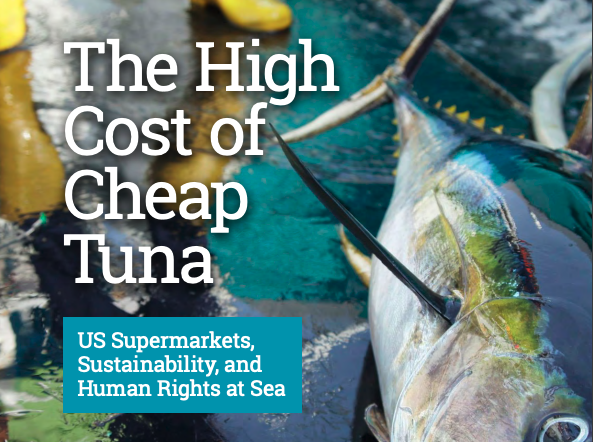New Zealand commercial fishing caught 58 protected turtles last year alone
Greenpeace USA is calling on US seafood manufacturers and suppliers to stop environmental harm and biodiversity loss in their supply chains. The call follows a recent report from the New Zealand Department of Conservation (DOC) report, which shows that 58 protected sea turtles, the majority of which were critically endangered leatherbacks, were caught in the last year alone. New Zealand’s sea turtle bycatch tripled in the fishing year 2020 – 2021 compared to the previous decade’s average. The US is one of the largest importers of seafood from New Zealand.

New Zealand commercial fishing caught 58 protected turtles last year alone
Greenpeace USA is calling on US seafood manufacturers and suppliers to stop environmental harm and biodiversity loss in their supply chains. The call follows a recent report from the New Zealand Department of Conservation (DOC) report, which shows that 58 protected sea turtles, the majority of which were critically endangered leatherbacks, were caught in the last year alone. New Zealand’s sea turtle bycatch tripled in the fishing year 2020 – 2021 compared to the previous decade’s average. The US is one of the largest importers of seafood from New Zealand.

Washington, DC (August 4, 2022) Greenpeace USA is calling on US seafood producers and retailers to stop environmental harm and biodiversity loss in their supply chains. The call follows a recent report from the New Zealand Department of Conservation (DOC) report, which shows that 58 protected sea turtles, the majority of which were critically endangered leatherbacks, were caught in the last year alone. New Zealand’s sea turtle bycatch tripled in the fishing year 2020 – 2021 compared to the previous decade’s average. The US is one of the largest importers of seafood from New Zealand.
Greenpeace USA senior oceans campaigner Mallika Talwar said: “This is more of the same in a commercial fishing industry built on environmental destruction. As one of the largest importers of seafood from New Zealand, the US is implicated in this destruction of biodiversity by the New Zealand commercial fishing industry. Americans want to know that the food they are consuming is free from the destruction of iconic and protected species like the leatherback turtle. It is high time that seafood producers and retailers that include these tainted products in their supply chain step up to ensure these practices are stopped. ”
Greenpeace Aotearoa oceans campaigner Ellie Hooper called on the Government to step in and regulate commercial fisheries: “This report shows that New Zealand fisheries caught 58 turtles in one fishing year – that’s a number that would have closed the fishery if it was operating in a country like the United States, one of the biggest importers of seafood from New Zealand. But in New Zealand, there is no such limit. Commercial fishing here can catch protected species in huge numbers, and no action is taken. That goes for these turtles and for protected corals too.”
Hooper continued: “Despite this shocking number of turtle captures, New Zealand officials have argued that no additional measures were necessary to address turtle bycatch in Aotearoa, and have argued to have the fishing industry’s impacts noted as ‘minimal.’ Enough of the rhetoric. How much of the amazing biodiversity we have in Aotearoa has to die before the government acts?”
In Hawai’i, an annual limit of 16 leatherback turtle captures is enough to close the fishery for the rest of the year.
The DOC report has been released in the same week New Zealand representatives are attending the UNGA workshop in New York on bottom trawling, where they are advocating an approach that would see seamount ecosystems legally destroyed.
Hooper says: “This is yet more proof the New Zealand Government has its head in the sand on commercial fishing. Rather than admit that New Zealand’s commercial fishing industry urgently needs to change, the Government continues to defend them, talking a big game on the world stage and hoping our clean and green image precedes us internationally. But the facts are very clear. New Zealand commercial fishing is killing endangered wildlife at a much higher rate than what’s accepted overseas. Commercial fishing has all but wiped out our smallest native dolphin. They’re catching endangered turtles at a terrifying rate. And they’re trashing protected coral in our own backyard, Australian waters, and the South Pacific.”
###
Greenpeace USA is part of a global network of independent campaigning organizations that use peaceful protest and creative communication to expose global environmental problems and promote solutions that are essential to a green and peaceful future. Greenpeace USA is committed to transforming the country’s unjust social, environmental, and economic systems from the ground up to address the climate crisis, advance racial justice, and build an economy that puts people first. Learn more at www.greenpeace.org/usa.



